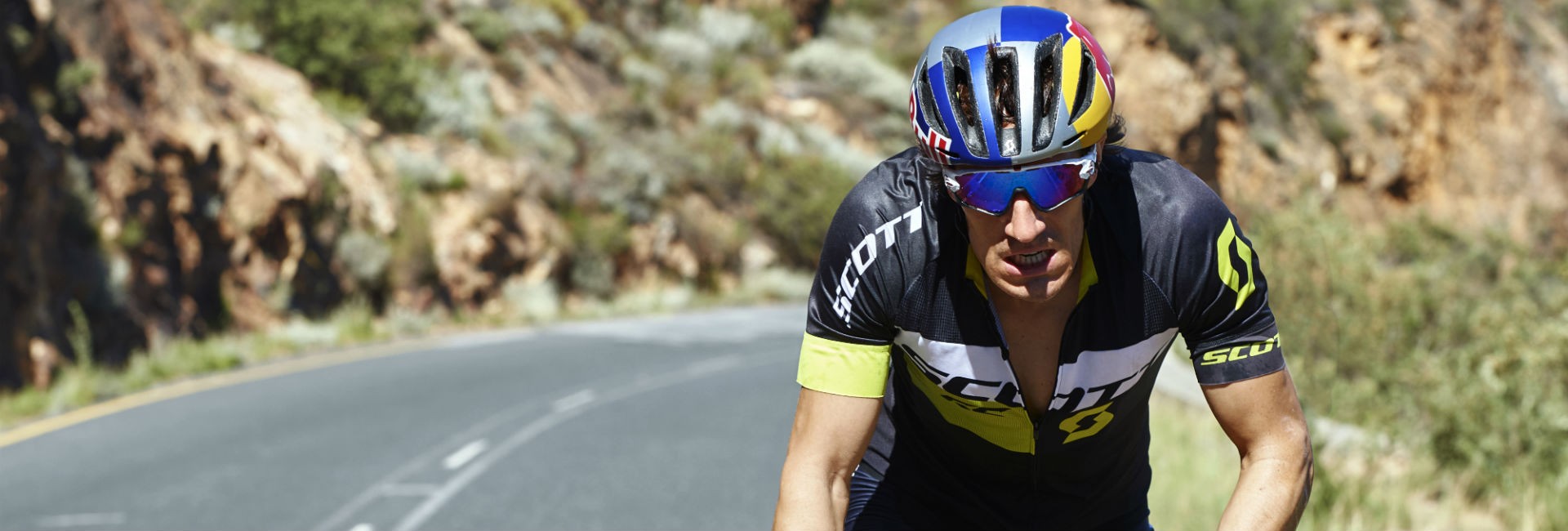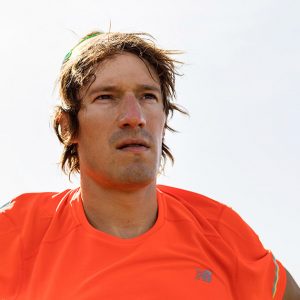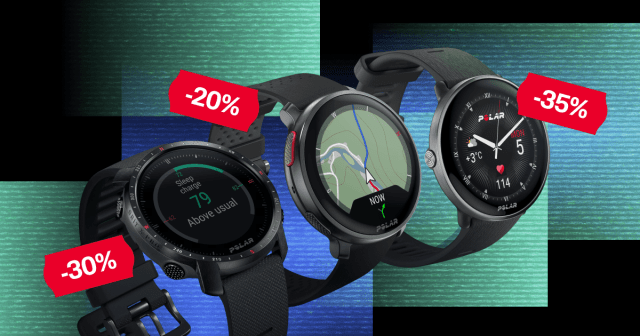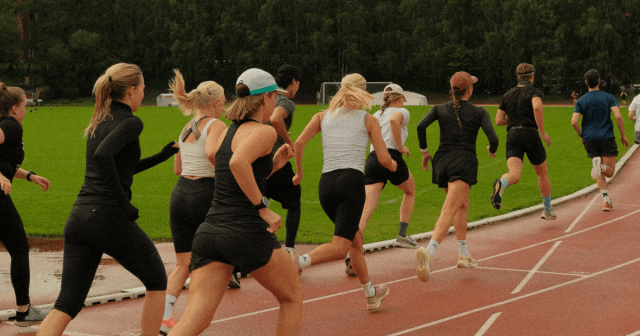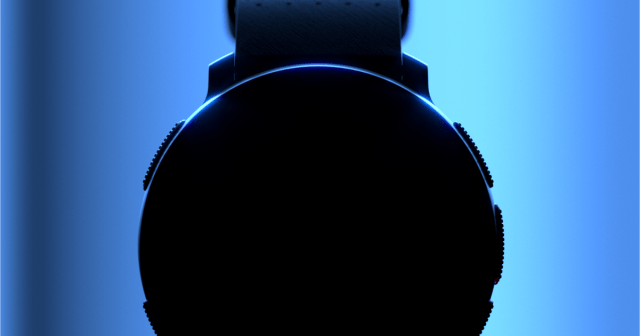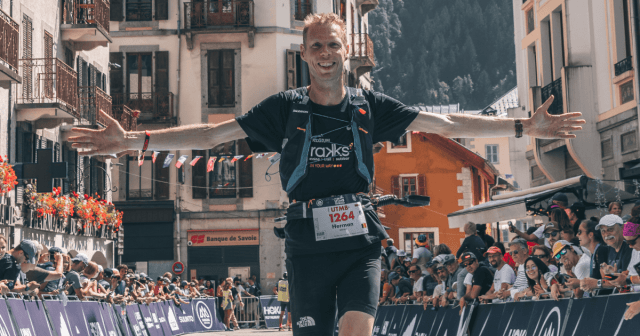Always the longest of the three disciplines, the bike leg of a triathlon has been known to make or break many a triathlete’s race. Go too hard, and you’ll find yourself crawling to the finish line after a miserable run, but go too easy and your competitors will climb the podium steps as you watch from the crowd.
Not surprisingly, perfecting the triathlon bike leg is a never-ending process. Brute physicality isn’t enough — it takes some serious insight and strategy often earned through a combination of experimentation and advice from others to take that coveted next step in performance.
If there’s anyone qualified to give advice for the bike leg of a triathlon, it’s Sebastian Kienle. He’s one of the fastest professional triathletes on the bike, not to mention the 2014 IRONMAN World Champion and the back-to-back IRONMAN 70.3 World Champion (2012 and 2013).
We caught up with this German uber-biker to discuss everything from his bike-specific training rituals to the most common mistake he sees age-groupers make on the bike.
Despite being an athlete at the highest level of the sport, Kienle’s emphasis on the basics is a consistent theme while training and racing — and his “Number 1” secret for the triathlon bike leg on race day just might surprise you.
What are a few of your bike-specific training rituals?
Of course they change during the season. During the winter time, I do a lot of my training indoor through Zwift on my Tacx. It’s often two sessions, one in the morning when fasted to improve fat metabolism, and then a second one later with more intensity.
On the other hand, at this point of the year we are working the upper end to improve VO2 max, so a classic routine is 3×10 minutes 30/30 intervals (30 seconds really hard, 30 easier).
As the season progresses the training gets more specific, and this includes longer intervals like 7×10 minutes at or slightly above race pace, as well as longer rides with some intensity towards the end.
I think it’s also very important to have a good gym program to be able to ride in the time trial position for four hours and more.
How do you use heart rate when training for the bike? Which other metrics do you find especially helpful?
Power is always the same, no matter if it’s hot and humid, if you’re tired or if you’re training at altitude. Heart rate tells you more about how much stress you are putting on your body.
I always use a combination of both. It’s great to also have power data from running. During a race I find it very helpful that my Polar Vantage V provides accurate heart rate data from your wrist since I don’t like to wear a heart rate belt in a triathlon.
What does the bike lead-up to race day look like?
A month out the bike training gets more and more specific, the intervals get longer and the power is close to what I need to do in the race. A week before we usually do a performance test to find the right pace strategy for race day.
This is not an all-out test. The race week training volume is reduced but there is still some intensity, just shorter intervals at or around race pace.
Is training for the Kona bike leg different than for other races?
Yes, a little bit. It’s hot there so I always found it very helpful to train in a similar climate in the weeks leading up to the race. Also, you spend quite a lot of time in the aero position, so it is important to be able to hold this position for a long time. Because the field got a lot deeper in the last few years, most riders can hang on for a long time.
If you want to make a difference on the bike, it’s usually in the last 50 kilometers on the bike, so you need to be very strong at the end and be able to dial in your nutrition perfectly.
What is your “Number 1” secret for the triathlon bike leg on race day?
Know the course.
Smooth is fast, and when you know where you can carry speed through corners, where to shift, and where to eat and drink, you can save a lot of energy and still be quicker.
What is your “Number 1” secret for training for the bike leg?
Don’t do too many long rides! Triathletes already train a lot volume-wise, so also spend some time to improve your skills by riding your cyclocross bike, your mountain bike, and ride with people better than you.
What are some common mistakes you see age-groupers make while training (or racing) for the bike leg?
It’s always the same — many triathletes have an ego that does not allow them to ride their own pace but instead somebody else’s. These athletes pay for it on the run — stay patient.
If you liked this post, don’t forget to share so that others can find it, too.
Or give it a thumbs up!
I like this article
Please note that the information provided in the Polar Blog articles cannot replace individual advice from health professionals. Please consult your physician before starting a new fitness program.
